How to get a funder’s attention
Our last post - celebrating 4 years and our first lesson learned - could apply to anyone running a company, whether for-profit or nonprofit. This post we put together especially for our nonprofit executive directors, development directors, and grant writers.
[to be read as a poem]
Funders dig through piles of papers.
So many fish in the sea!
How can your agency be selected?
Check out these 5 C’s.
(I know, I know, we should stick to writing prose…)
Confidence can take you far in life. Were you ever told to “Walk in like you own the place” by someone? Well you can’t quite do that with a funder, but the principle remains. If your organization aligns with a funder’s priorities, fits within the geographic limits, and changes lives by accomplishing your mission, then you deserve a seat at the table. Your grant request should reflect that. Humble confidence in the impact your organization makes and an invitation for the funder to join will be much more influential than a desperate plea for their money.
Practical take-away: Say, “We would be honored if your Foundation would partner with us to further our mission, which has been changing lives in our region for 15 years.” Don’t say, “Thank you for considering our request for this program, which cannot happen without your support.”
Credibility backs up the confidence. Every impactful program should be able to prove itself through data. While output numbers are important (100 lunches handed out), outcome metrics communicate lasting impact (85% of those assisted will develop permanent solutions to hunger). So before you write your next grant, look at the story that your data tells. Are you merely demonstrating that your organization helps a lot of people? Or are you clearly showing how your organization makes a lasting difference in their lives? I’m willing to bet your mission statement has nothing to do with outputs and everything to do with outcomes, and you always want to show that you’re mission-centered.
Practical take-away: Point out data that is similar to this - “Last year, over 80% of those we served remained stably housed after 6 months.” Don’t simply focus on the 150 people who received your services.
If you don’t have data similar to this, let’s chat! Our team can help you develop those outcomes and ways to measure them.
Compassion - almost all nonprofit staff members have it, right? That’s how you’re able to do the hard things, day in and day out, carry the heavy responsibility of making a real difference in people’s lives. So how do you convey that to the funder? Paint them a picture of your organization’s compassion in action. The data that solidifies your credibility point to real lives that were touched, so hone in on one. How did you restore someone’s hope, confidence, purpose? Try to pull on heartstrings here and bring the emotion to life for the funder. And then, as always, point back to your mission.
Practical take-away: Give the backstory of someone impacted by your program - where did they come from and why were they in need? This context is crucial in showing impact! Show how your program met that need and how that life was different, better, because of your organization.
Clear Financials that concretely demonstrate how your organization’s spending supports the work of accomplishing its mission are a must. Many service-based organizations have high salary costs, but most of those are program personnel. Rearranging your accounting in order to delineate between program and admin personnel sounds like a nightmare (it is, we know from experience!). Instead, add text to your Operating Budget that defines what percentage of your salary costs are program personnel. If your program budgets do not clearly show program personnel, do the same there.
Practical take-away: Add to the bottom of your Operating Budget - “95% of salary costs go to program personnel who make our programs possible, providing 10,000 hours a year!” For a program budget, figure out how many hours of service their funding will provide - “Your funding will cover over 500 hours of direct therapy hours for children with special needs.”
Connectedness to your community shows a funder that others believe in your mission and fully support the work you’re doing. Funders take risks when they grant money, so ease their mind by demonstrating how others have safely and successfully invested in your organization. Few people are willing to take the first step in all risky situations, including funders, especially if you do not have a prior relationship. Show them how others took that first step, how your diverse network of support will sustain your programs long after that funder’s grant is spent. Always highlight in-kind donations as a key factor in sustainability.
Practical take-away: Don’t simply say, “Many businesses provide in-kind donations.” Add to that: “such as facility space, access to technology, and program promotion. In fact, historically, in-kind donations have made up approximately 20% of our annual revenue. As our organization grows, we will continue to leverage these gifts to attract new partners who believe in our mission.”
While Conclusion might not be one of the C’s, wrap up your message well. Remember the goal to get and keep a funder’s attention, to stay top of mind. Finish by thanking funders for their impact on the community at large by the work they are doing. In fact, Gateway thanks YOU, all of you who have poured out your money, purpose and passion into missions, programs, and people close to your heart. We see you.
Let us know below: Which if these 5 Cs most resonates with you and your organization?

